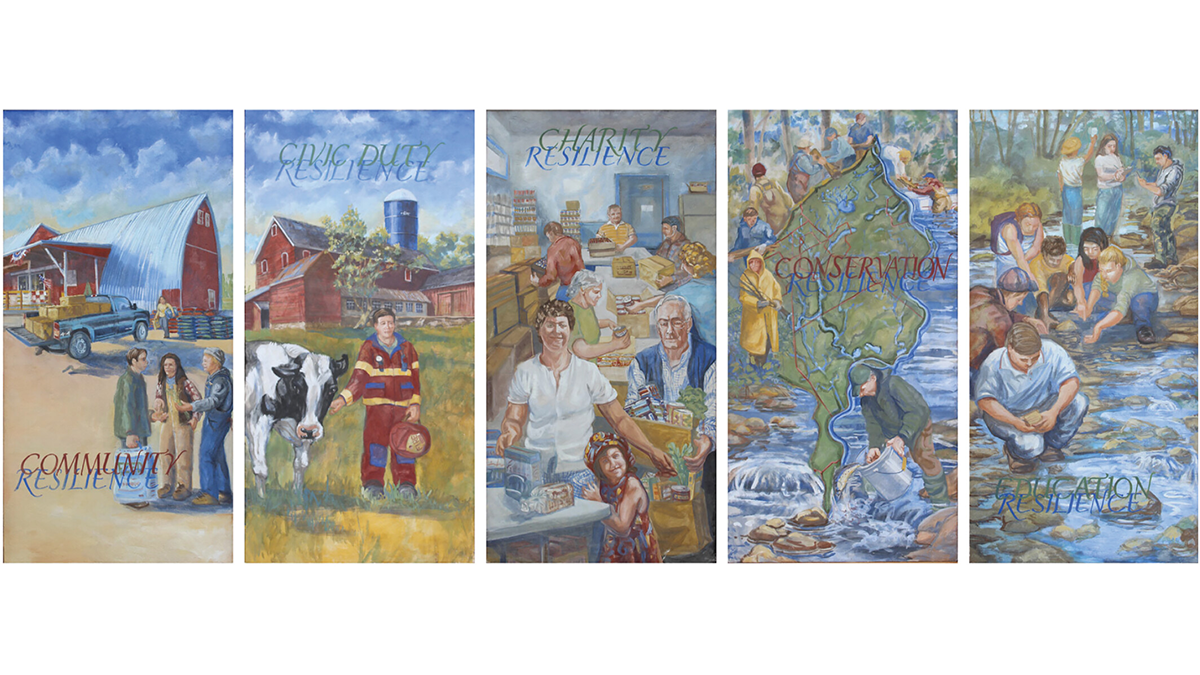Editors’ Highlights are summaries of recent papers by AGU’s journal editors.
Source: Community Science
Science is capable of pointing communities to emerging hazards that can impact their ability to operate and thrive. From long-term impacts of climate change, such as extreme weather events, to localized issues, such as sinkholes, science offers insights and prediction potential. Yet, to turn this into action that can have a lasting impact, there is a need to make a link with the people who will need to face these hazards and address them together.
The CREATE Resilience project, led by the not-for-profit Nurture Nature Center in Easton, Pennsylvania, demonstrated how that can be achieved. The project, discussed in Semmens et al. [2023], included an innovative program that included engagement with young and old members of the communities, public murals, and information provided in a community-dedicated booklet.
Such innovative projects can lead the way in community resilience, though we need to understand and support long-term preparedness beyond a time limited set of interventions.

Citation: Semmens, K. A., Carr, R. H., Maxfield, K., & Sickler, J. (2023). CREATE resilience through science, art, and community engagement. Community Science, 2, e2023CSJ000028. https://doi.org/10.1029/2023CSJ000028
—Muki Haklay, Editor, Community Science

